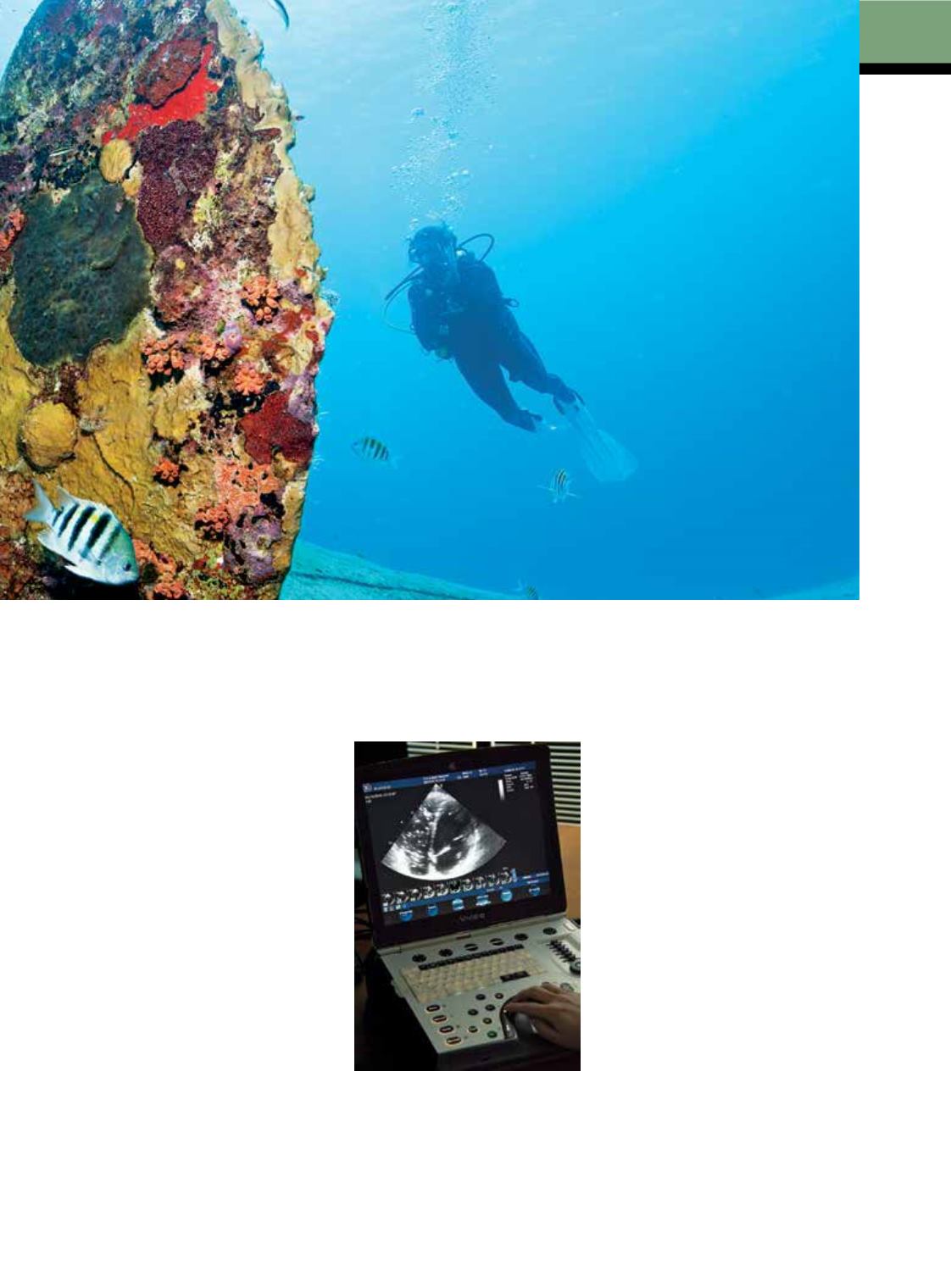
 ALERTDIVER.COM
ALERTDIVER.COM
|
89
Understand the available tools.
Reliance on dive
computers is now the norm for many divers. While
you do not have to be a decompression modeler to
dive safely, it is important to have a clear conceptual
understanding of how the decompression algorithms
that you will rely on work. It is
equally important to know what
they do not consider and that they
can be wrong. Ask questions, learn,
and develop plans for the “just in
case” events.
Evaluate information critically.
One of our human quirks is the
abundance of faith we put in what
appears on a screen or gauge, such
as a gas gauge or dive computer
screen. This can even spill over
to what we read on the Internet,
regardless of provenance. The
tendency for blind faith must be
kept in check. Maintain an open, critical mind to fully
assess information and use it appropriately.
Know your risk tolerance.
Risk is inherent to life; it
cannot be fully avoided if one is to live, but it can
be managed. Tolerance varies among individuals
and situations. Generally, tolerance increases as the
perceived benefit increases and decreases as the
severity of the potential injury increases. Knowing your
own comfort zones will help you plan and act to stay
within them.
Maintain a safety-oriented mental
state.
When rules are broken or
limits are violated with no obvious
repercussions, there can be a
gradual shift away from thinking of
them as important. This can lead
to “normalization of deviance,” in
which something once thought of as
unacceptable becomes acceptable.
The problem is that decompression
stress is a relatively invisible hazard.
We do not change color as we fill
with inert gas, and decompression
stress may not be perceived until
a critical stage is reached. We can
feel good right up to the point that we feel very bad.
Vigilance is required to maintain good practice.
Reinforce safety messaging.
Thinking or teaching “do
this or get hurt” can be counterproductive to safety-
oriented practice. As described above, the first time
STEPHEN FRINK
STEPHEN FRINK
















